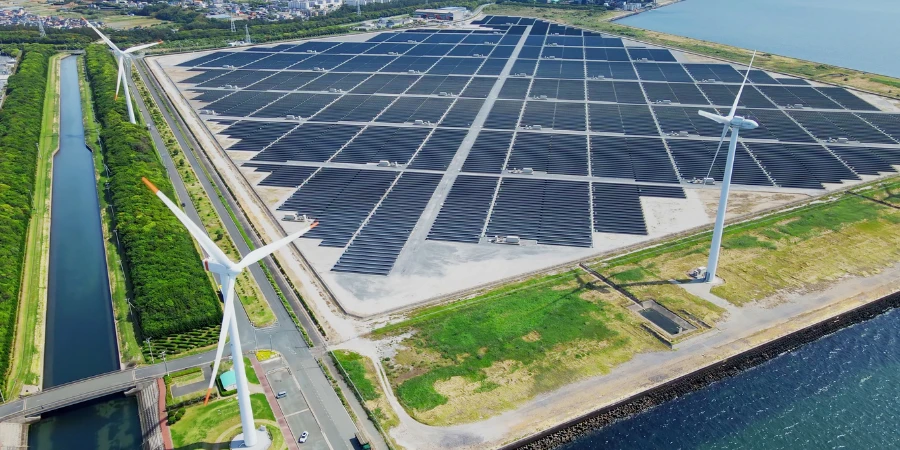- EIB shells out its maiden financing for Bhutan to support new solar and hydropower capacity
- The €150 million loan has a tenure of 30 years and backs the construction of about 310 MW
- Bhutan has separately also received a grant from the ISA to invest in solar technology research and development
One of the world’s only 3 net carbon-negative countries, Bhutan has long relied on hydropower for a reliable energy source; however, with the threat of climate change, it is now increasingly diversifying into solar energy. The European Investment Bank (EIB) is now supporting the country with a €150 million ($160 million) loan to install around 310 MW of hydropower and solar power generation capacity.
The 30-year loan is the 1st for Bhutan from the EIB. The government will use it to construct small- to mid-sized run-of-river hydropower plants and solar PV projects. Power generated will ensure reliable and affordable energy for the country’s remote regions, and can also be traded across borders and improve access to green power.
To be implemented by the country’s only generation utility Druk Green Power Corporation (DGPC), the new projects are expected to generate around 670 GWh in the 1st year of operation.
Bhutan’s hydropower projects and extensive forest area that covers 71% of the available land ensure that this Asian nation sequesters much more carbon than it emits. Yet, the hydropower projects are at the receiving end of the extreme weather events.
The country saw its hydropower generation drop by 2% annually in 2023, leading to a 26.7% decline in energy exports in the face of rising demand. Local media reports cite DGPC to say the utility targets to generate 500 MW of electricity from renewable energy over the next 5 years. The plans mainly comprise solar so as to make use of solar hydro hybrids and the falling costs of solar technology.
With the help of solar energy, Bhutan expects to lower the need for energy imports during the dry season for hydropower plants.
According to the EIB, Bhutan meets its annual power needs by using solar power alongside hydropower in a complementary manner. Thanks to the loan, it will be able to add new hydropower to increase electricity generation during the dry season and allow Bhutan to exploit its renewable energy generation potential in a way that can also benefit the wider region in the wet season.
At the end of 2023, Bhutan’s total operational renewable energy capacity was over 2.33 GW, and the share of solar PV was only 1 MW, according to the International Renewable Energy Agency (IRENA).
The EIB financing follows Bhutan receiving a grant of about $200,000 to $300,000 from the International Solar Alliance. The country will deploy these funds to establish a Solar Technology Application Resource Centre (STAR C) at the College of Science and Technology to make it a hub for solar technology research, development and application.
Recently, Bhutan also signed a memorandum of understanding (MoU) with its neighbor India to cooperate in the field of energy efficiency and energy conservation measures. The agreement covers solar, hydropower and green hydrogen technologies.
Source from Taiyang News
Disclaimer: The information set forth above is provided by Taiyang News independently of Chovm.com. Chovm.com makes no representation and warranties as to the quality and reliability of the seller and products.




